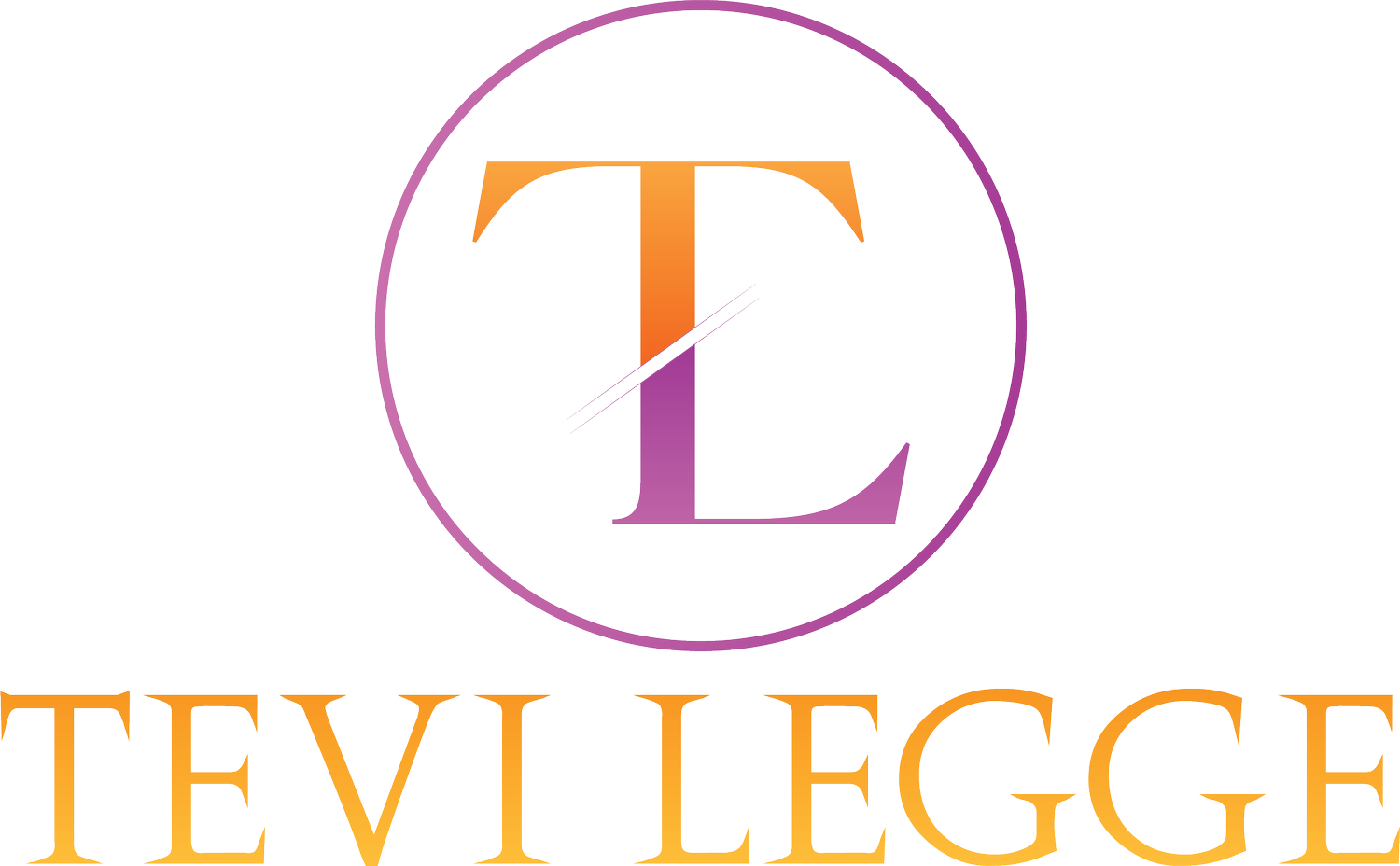Women & Burnout, The Facts.
Listen on APPLE | Listen on SPOTIFY
Introduction
Welcome back to the Burnout Lab. We are all about living our lives lit – especially in 2024. In the first episode of this calendar year, I shared a little bit about burnout and my aspirations for this podcast and all the exciting things we have planned for the year. Today we want to talk about some of the stats around burnout and what we’re seeing in regard to burnout in women.
Breaking the Stigma
As a podcaster, I've received so much encouragement from people who didn’t know they weren't the only one out there struggling with burnout. This proves the importance of sharing our stories openly. Let’s get comfortable with sharing our stories out loud, even if it’s only one or two people. This is the only way we will break the stigma around mental health.
A Humorous Diversion
I am not a professional. I have experienced burnout myself, and I rely on professionals to help me navigate it. So, if you’re looking for professional advice, this is not the place. However, if you’re looking for some humor, you may want to check out my previous episode, The F-Bomb, Kibbles, and Meds, Oh My! We probably had all the wrong advice, but we share real experiences of being human with you.
Women and Burnout
50% of female employees and 53% of managers said they were burned out at work. That’s half the work force! If you’re an executive or a leader in an organization and you are not doing anything to combat burnout, get off your ass and start doing something! Nearly 40% of women actively seeking new employment cite burnout as the primary reason. Our systems are built on patriarchy, but the 9-5 was not built for women, especially not for working moms.
The Invisible Mental Load
Emily and Amelia Nagoski’s book, Burnout: The Secret to Unlocking the Stress Cycle, provides valuable insight into navigating the challenges of burnout, and I highly recommend it. Drawing from personal experience, as a mom with three kids, the juggling act of morning routines, work, and post-work responsibilities often falls disproportionately to women. When we consider this load, it’s no wonder women are burned out. We can’t do it all, and we shouldn’t want to do it all.
Tevi’s Burnout Experience
I share my experience with burnout and highlight the symptoms that manifested as I was deep in it, and what my cycle of burnout looked like. These are things to watch for in yourself if you’re wondering whether you’re burned out or headed in that direction. Burnout’s common causes – workload, overwork, lack of control, unreasonable demands, and discriminatory behaviors, lack of flexibility – are on the agenda for exploration in upcoming episodes.
Conclusion
We have lots to unpack this year. There are more statistics and more facts to come regarding women and burnout, so stay tuned – like, subscribe, join the community on social media. Lots more great content to come, so until next time, live your life lit! 🔥
